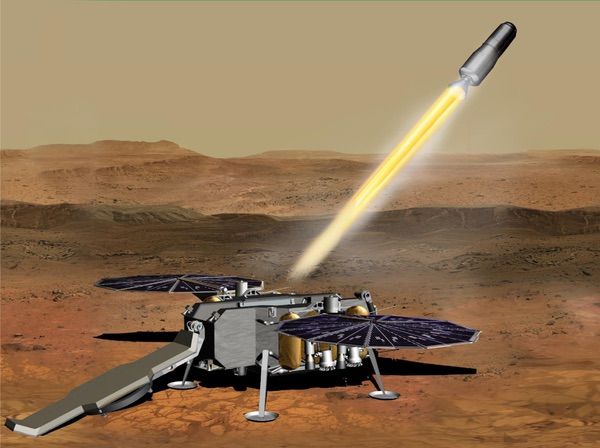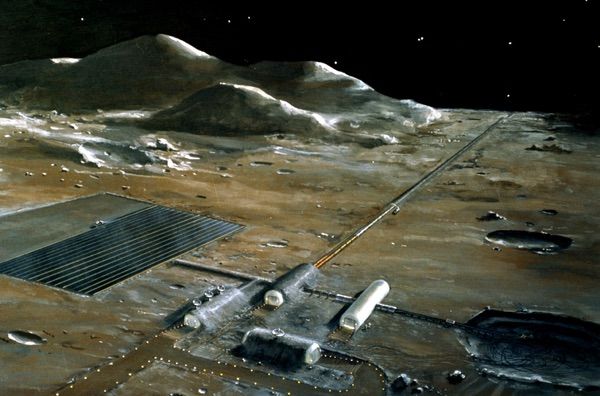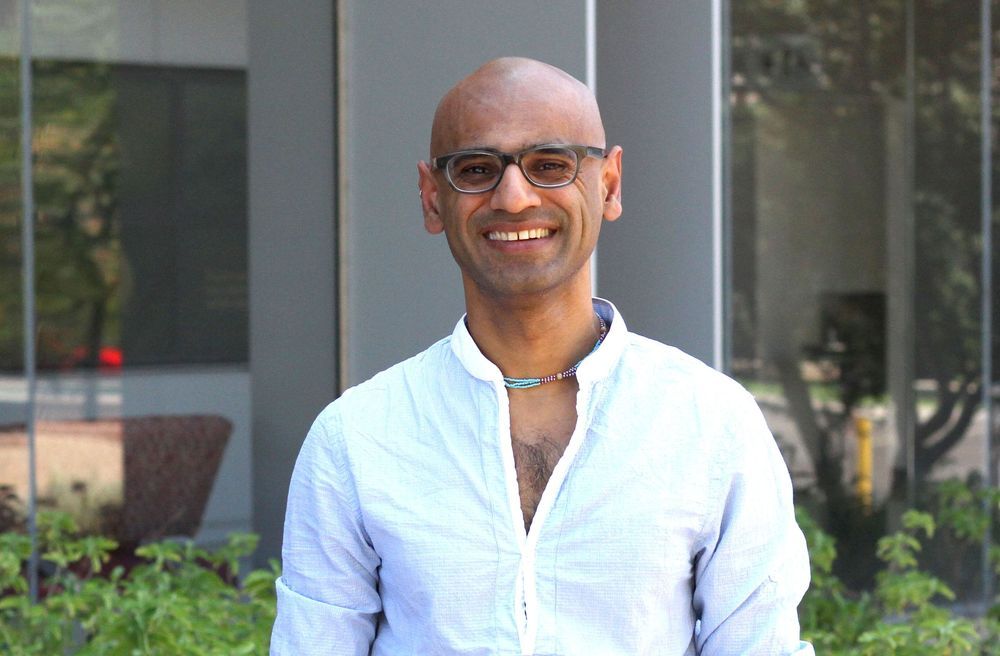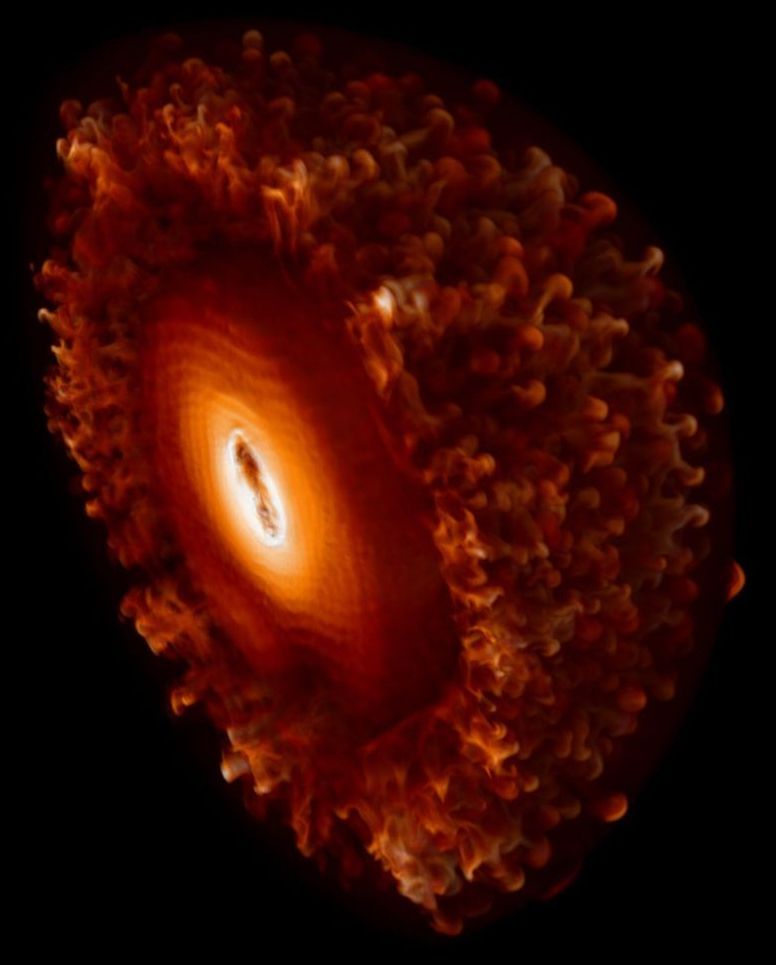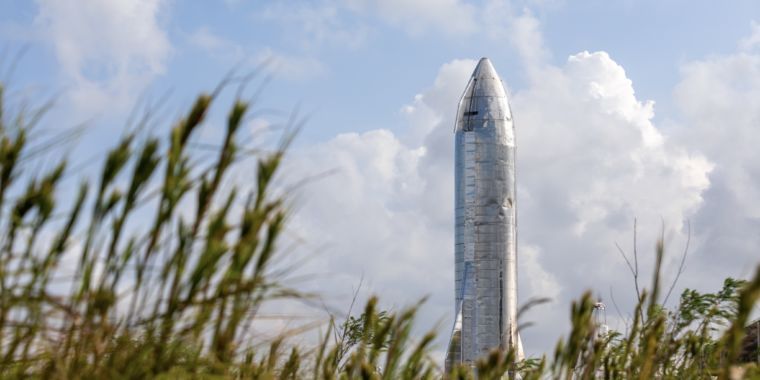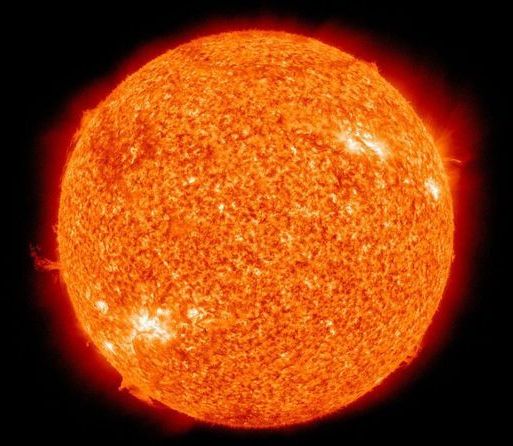Apr 28, 2020
Iran launches its 1st military satellite into orbit: reports
Posted by Fyodor Rouge in categories: military, satellites
Iran has apparently lofted its first military satellite into orbit, ending a series of setbacks for the nation’s space program.
A two-stage Qassed rocket lifted off from the Markazi Desert in central Iran on Wednesday (April 22) and successfully delivered a military reconnaissance satellite called Nour to orbit, Al-Jazeera reported. The rocket could be seen successfully launching into soace in this video from Iran’s Tasnim News Agency and PressTV.

